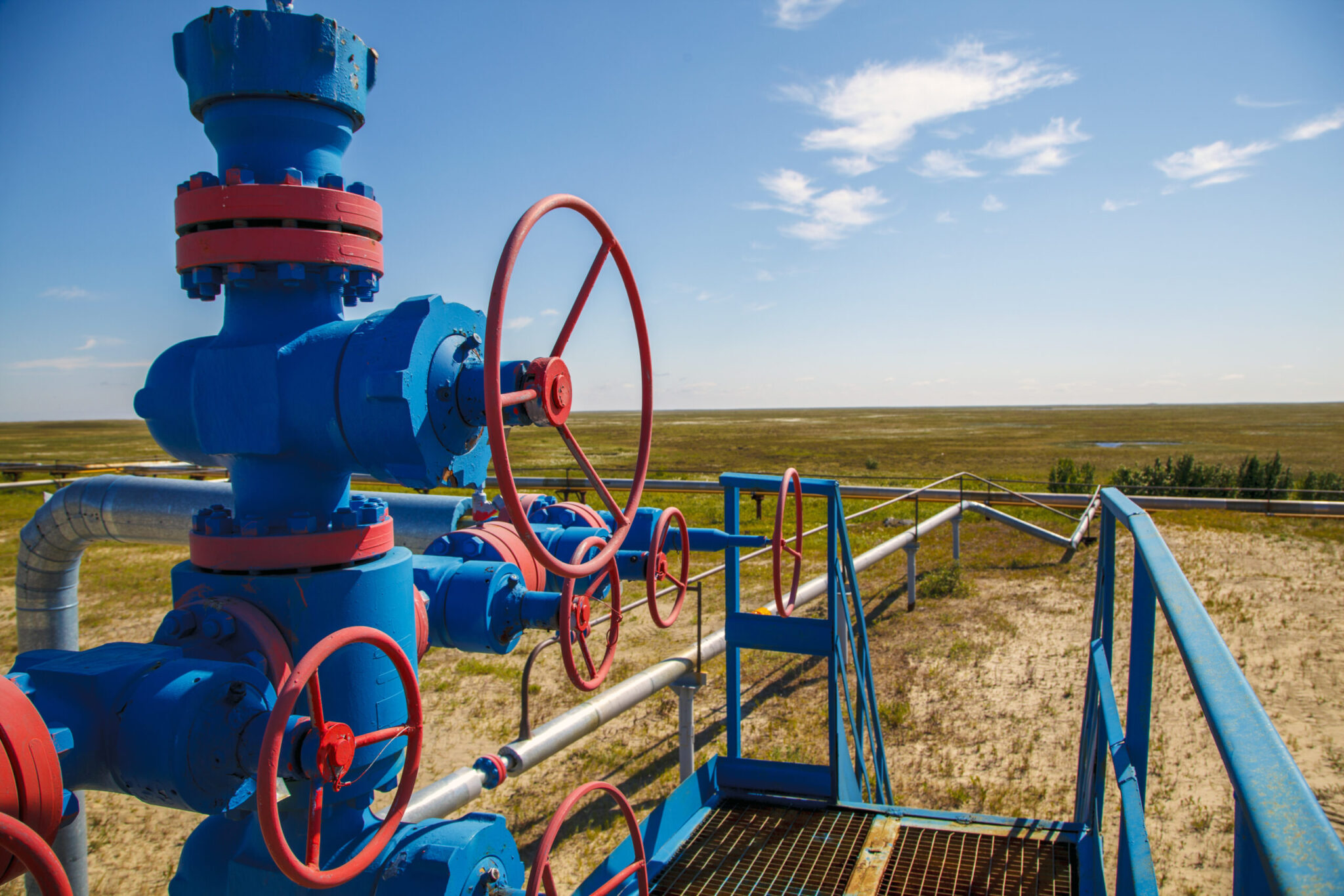Commonly referred to as crude oil, Depth analysis of Petroleum sources is a fossil gasoline that has been a cornerstone of the worldwide electricity gadget for greater than a century. It powers motors, heats houses and is a key component in plastics and different chemical substances. It is critical to apprehend the foundation and formation of petroleum to recognize its position in modern life and the challenges associated with its extraction and use.
Depth analysis of Petroleum sources:
Explore a comprehensive depth analysis of petroleum sources to uncover the origins and extraction processes crucial to global energy supply. Delve into the complexities of petroleum exploration, refining techniques, and environmental impacts, providing valuable insights into this vital resource. Stay informed with our detailed examination, offering key perspectives on the future sustainability and innovation within the petroleum industry. Gain a deeper understanding of how petroleum sources drive economies and influence global energy policies. Discover more about petroleum sources and their critical role in shaping our world today.
Geological composition:
Fuel is crafted from the stays of historical marine animals which includes zooplankton and algae. These creatures lived within the prehistoric oceans thousands and thousands of years in the past. When they died, their stays blended with the seawater. Over time, this natural-rich sediment accrued, growing an anoxic (oxygen-poor) surroundings that avoided complete biodegradation.
The exchange method:
The conversion of organic matter to Petroleum sources takes over millions of years through a method referred to as diagenesis and catagenesis. Diagenesis happens at very low temperatures and pressures, wherein microbial pastime and chemical reactions partially decompose the organic rely to form a substance known as kerogen.
As sedimentation is maintained, temperature and pressure growth, ensuing in catagenesis. During this time the kerogen undergoes thermal fragmentation, breaking down into smaller hydrocarbon molecules, which in the long run form liquid and gaseous hydrocarbons Specific situations inclusive of temperature, strain, sort of organic relay determine the proper composition of the petroleum produced. Which includes composition and cooling.
Migration and accumulation:
Once petroleum is fashioned, it starts off and evolves through porous rock. It rises because of its low density as compared to the encompassing waterlogged rocks. This migration can keep till petroleum encounters hydrophobic porous rock, referred to as cap rock, which traps it in underground reservoirs. These reservoirs are the primary supply of commercially extractable petroleum.
The composition of petroleum reservoirs can range greatly:
Traditional cisterns: These are typically found in sandstone or limestone formations. Oil in these reservoirs can be effortlessly extracted by means of traditional mining techniques.
Unconventional reservoirs: These encompass shale formations, tar sands and tight oil deposits. Oil extraction from these areas is more complex, frequently requiring superior techniques inclusive of hydraulic fracturing (fracking) or warmness recovery strategies.
Evaluation and extraction
Petroleum exploration involves sophisticated techniques together with geological surveys, seismic modelling and exploratory drilling. Once ability reservoirs are diagnosed, extraction begins by using drilling wells. The extracted oil is then transported to refineries for various merchandise including gasoline, diesel, jet gas and petrochemicals.
Environmental Impact
The extraction, transportation, and consumption of petroleum has a tremendous impact on the environment. Oil spills, greenhouse fuel emissions and habitat destruction are primary worries. Furthermore, the finite nature of oil reserves poses demanding situations to future energy protection and necessitates the development of alternative electricity assets.
Conclusion
The journey of Depth analysis of Petroleum sources to strengthen resources crucial for historical marine existence entails geological tactics that pass back tens of millions of years. While it played a key role inside the continuation of industrialization and modernization, the environmental and sustainability demanding situations related to its use highlight the need for a balanced method to adopt an emphasis on strength and intake.





